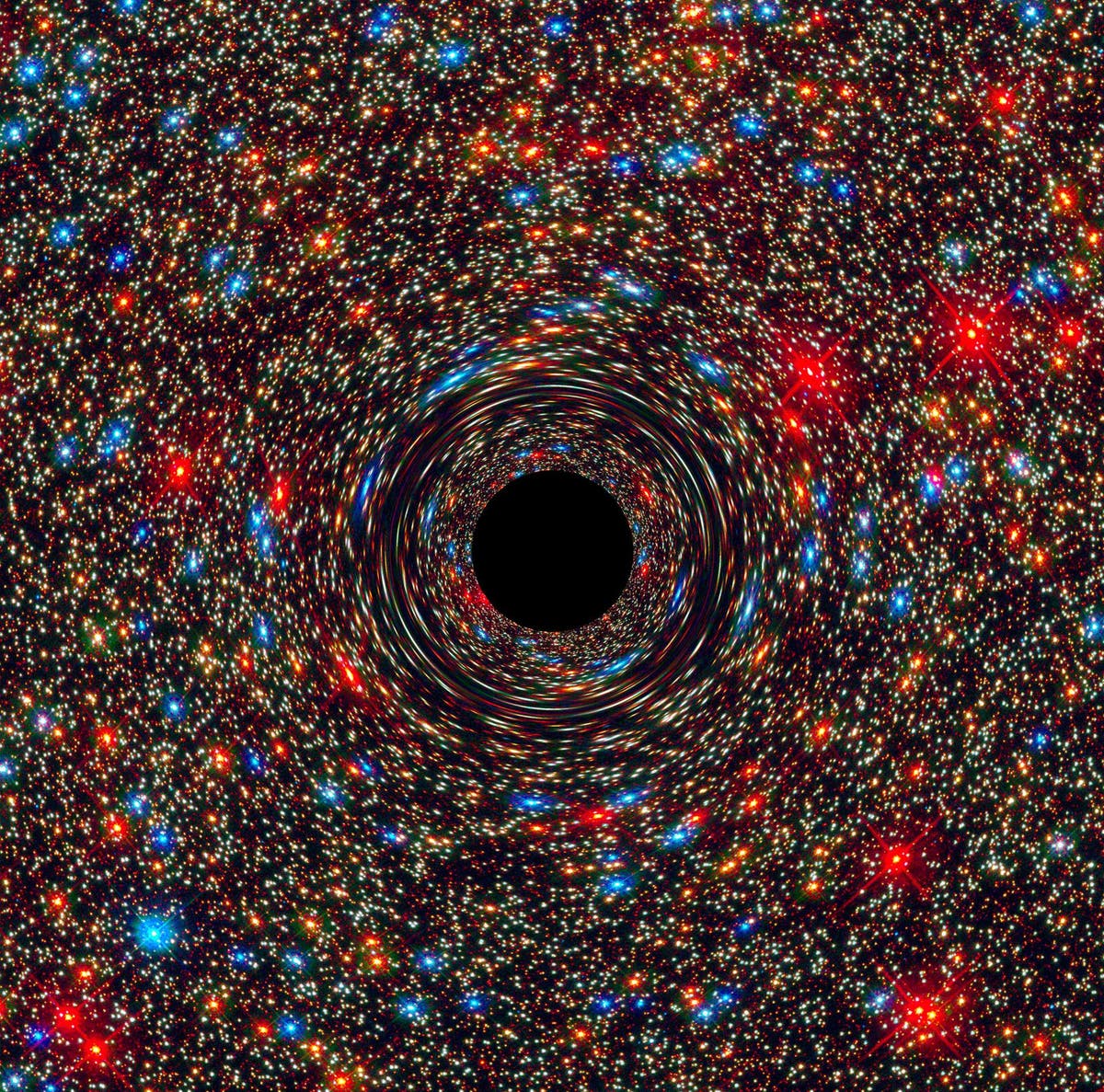The The James Webb Space Telescope It gave scientists an unprecedented view of a distant black hole, revealing the structure and composition of matter swirling around the massive object through layers of dust.
Webb recently pointed out his near-infrared spectrometer, or NIRSpec instrument black hole A supermassive at the heart of a supermassive galaxy seen in Stephen’s Quintet Web image, one of the first five full-color Web images released by NASA and partners. On July 12. Figure five shows Galaxies The fifth is actually very close to Earth, but apparently very close.
Spectrometers separate light into its component wavelengths, and since different components absorb light at known wavelengths, the resulting spectrum allows scientists to determine the chemical composition of the material emitting or passing through the light. Because NIRSpec is an infrared spectrometer, it was able to collect the largest black spectrum even though it was covered by stellar dust.
Conclusion, explained European Space Agency A description and a series twitter posts, Webb saw the supermassive black hole at wavelengths never before observed, and it corresponds to atomic hydrogen, molecular hydrogen, or two bonded hydrogen atoms and electrically charged iron ions in the gas surrounding the black hole.
A description of the chemical composition and structure of a supermassive black hole produced by the James Webb Space Telescope’s Near-Infrared Spectrometer
(this)
Taken together, NIRSpec’s analysis of these elements allowed scientists to map the structure of the gas flowing into the black hole, as well as the gas ejected by the powerful radiation jet created by the black hole’s intense contraction. Gas and dust swirl around the black hole.
NIRSpec is a powerful tool for understanding the chemical composition and structure of distant objects, and scientists will use it to study not only black holes, but also stars, galaxies, and planets. The spectrum of exoplanet Wasp-96b was captured with NIRSpec in the first five web images released to the public.
NIRSpec was built by a consortium of European institutions for the European Space Agency, one of three partner organizations that developed the Webb telescope. Pot and the Canadian Space Agency. After more than 20 years of development, $10 billion and months of implementation and calibration, Webb is now doing science almost continuously, so the pace of new discoveries and images is faster than previously thought. Until now.


:quality(85)/cloudfront-us-east-1.images.arcpublishing.com/infobae/SMPW7M5BQFERBOQUPJXKCOKARY.jpg)
:quality(85)/cloudfront-us-east-1.images.arcpublishing.com/infobae/NP5NEZXMZFGNLBHNEQJHPJVMKM.jpg)

:quality(85)/cloudfront-us-east-1.images.arcpublishing.com/infobae/X7DZAL3I4REJTKPZ4Y4DYBHFMI.jpg)